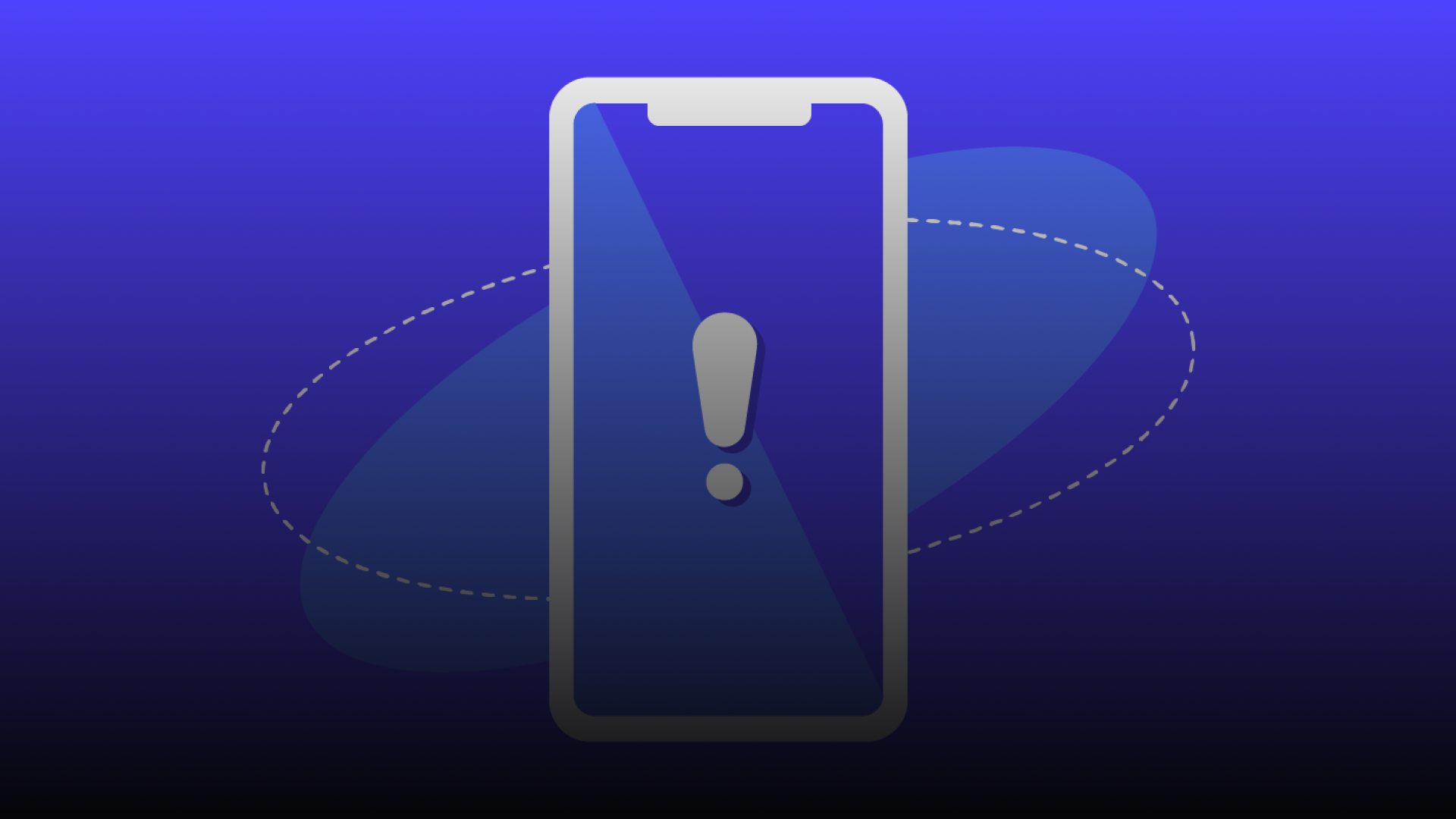In the fast-paced world of mobile app design, steering clear of common mistakes is essential for creating engaging, user-friendly experiences. As we delve into 2023, this guide sheds light on the pitfalls to avoid in mobile app design, providing insights that can elevate your design process and lead to the development of standout, user-centric applications.
1. Neglecting User Research: One of the fundamental mistakes in mobile app design is neglecting thorough user research. Understanding your target audience’s preferences, behaviors, and pain points is crucial for creating an app that resonates with users. Invest time in user research to inform your design decisions and enhance the overall user experience.
2. Overcomplicating User Interfaces: Simplicity is key in mobile app design. Overcomplicating user interfaces with excessive features, buttons, or information can overwhelm users and hinder usability. Prioritize a clean and intuitive design that guides users seamlessly through the app without unnecessary clutter.
3. Ignoring Cross-Platform Consistency: Inconsistent experiences across different platforms can confuse users and diminish the credibility of your app. Whether on iOS or Android, ensure a consistent design language, navigation flow, and feature set. Consistency fosters user familiarity and enhances the overall user experience.
4. Disregarding Performance Optimization: Mobile users expect quick load times and smooth interactions. Neglecting performance optimization can result in slow-loading apps, frustrating users and increasing the likelihood of abandonment. Prioritize performance by optimizing images, minimizing unnecessary animations, and ensuring smooth functionality across devices.
5. Neglecting User Feedback: User feedback is a valuable resource for app improvement. Neglecting to gather and analyze user feedback is a common mistake. Implement mechanisms such as in-app surveys, reviews, or feedback forms to understand user perspectives. Act on user feedback to continuously refine and enhance your mobile app design.
6. Poor Onboarding Experience: First impressions matter. A poor onboarding experience can lead to user confusion and disengagement. Design a seamless onboarding process that introduces users to key features, demonstrates value, and encourages continued app exploration. An effective onboarding experience sets the stage for positive user interactions.
7. Ignoring Accessibility Principles: Accessibility is an often overlooked aspect of mobile app design. Ignoring accessibility principles can exclude users with disabilities. Ensure your app is inclusive by implementing features like adjustable font sizes, high contrast options, and compatibility with screen readers.
8. Inadequate Testing Across Devices: Testing your mobile app on a variety of devices is crucial for identifying and resolving compatibility issues. Inadequate testing can result in a suboptimal user experience on certain devices. Prioritize comprehensive testing to ensure your app functions seamlessly across a diverse range of smartphones and tablets.
Conclusion: In the competitive landscape of mobile app design, avoiding common mistakes is essential for creating successful, user-centric applications. By prioritizing user research, simplifying interfaces, ensuring cross-platform consistency, optimizing performance, embracing user feedback, refining onboarding experiences, prioritizing accessibility, and conducting thorough testing, you can elevate your mobile app design in 2023. Learn from the experiences of others, embrace best practices, and craft mobile app experiences that captivate and delight users in the dynamic digital landscape.

